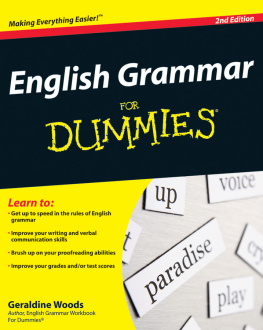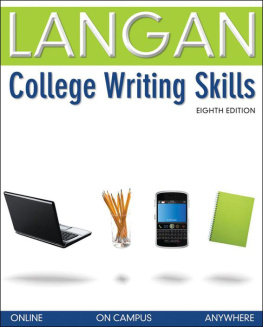COMMUNICATING IN WRITTEN ENGLISH
A Guide to Prepare for College Level Reading and Writing
VICTOR GREEN
Copyright 2020 by Victor Green
No part of this publication may be reproduced, distributed, or transmitted in any form or by any means, including photocopying, recording, or other electronic or mechanical method, or by any information storage and retrieval system without the prior written permission of the publisher, expect in the case of very brief quotations embodied in critical reviews and certain other noncommercial uses permitted by copyright law.
Greenbeanmedia.com
TABLE OF CONTENTS
INTRODUCTION FROM THE AUTHOR
Hello English Students,
Many of us struggle to understand the writing of others and with being able to create our own written works. While the written word is a cornerstone of communication in all modern languages and civilizations, it is something that many people struggle with on a daily basis. The entire basis of English courses from grade school through the highest levels of education in universities is to understand, improve, and apply techniques that will make one a better communicator.
Communication is the essential purpose of any language. YOU TAKE LANGUAGE COURSES TO BECOME A BETTER COMMUNICATOR. That is it. There is no other reason for any language-based course than to become a better communicator. Communication in the English language can take place through a variety of ways including written, verbal, and multi-media presentations. The primary mode of communication that we are concerned with in this book is the written work. History has proven that the written word can be the most effective and undeniably is the longest lasting form of communication in human history.
From the Bible to the U.S. Constitution, from Sophocles to Shakespeare to Steven King, from the Odyssey to the Harry Potter series the written word has been used as a form of conversation, education, history, sharing ideas and information, entertainment, and forming contracts and agreements. The forms and purpose of the written word are numerous and through diligent study, and lots and lots of practice, it is my belief that you will not only be able to understand the various forms of written work but will also be able to create them to express yourself in a way that will allow you to get your point across to any audience that you choose to address.
This is not something you will be an expert at immediately. It will take practice, practice, PRACTICE! You would not expect to just pick up a baseball bat and hit a homerun, nor run a mile in under six minutes your first time around the track. Just like everyone must train and practice to become a better athlete, everyone must also train and practice to become better readers and writers. Just like in athletics there will be some that are naturally better than others, but everyone must practice to become better than they are today. Those that do not practice do not become better. Those who practice will continue to grow. The mind is like a muscle with unlimited possibilities, as long as you are willing to train and practice the skills you want it to have then it will continue to grow.
The purpose of this book is to expose you to the basics of understanding and creating effective communication in the English language. Many of my freshman English students come to their first semester of college unprepared for the rigors of college level reading and writing. This book contains information that will bridge the gap between what you learned in secondary school and what you need to know to prepare for the reading and writing that will be required in college, whether your last academic experience was a few months ago or a few decades ago. The goal of this book is to prepare you for English 101 and the college reading and writing experience so that you will be successful in all your communication endeavors. The information contained in these pages exemplify what I have found to be the most useful for students over the last two decades of using various curriculum and strategies. I have attempted to make the information both easy to understand and simple to implement.
Remember, much of what is presented are all suggestions as there are many paths to creating effective communication. Some of the advice and techniques that are given may seem contradictory at times, this is because there is more than one way to get to an acceptable result. These techniques are useful but should never be seen as unbreakable rules, find what works for you and use it. If it does not work for you, do not use it. Some of the information in this packet may be a new revelation to you while some of the information will be a reminder of information, technique, and style that you have learned at some point in the past. Either way it is my hope that something in this book will benefit you in the class you are about to take and beyond.
Sincerely,
Victor Green
English Instructor
Reading Analysis
Honing Your Analytical Skills
In both professional and personal matters the strength of your analytical skills will mean the difference between success and failure in various activities including how well you can understand a report, write a report, solve personnel or technical issues, manage and execute projects, solve both large and small day-to-day problems, or read a newspaper or internet article for information or pleasure. If you have neglected your analytical skills in the past, you should reconsider and improve on this important cognitive function.
Analytical skills are important for:
- gathering information and reporting
- solving complex problems
- making well-informed decisions
- summarizing statistical data
- identifying trends
- streamlining processes
- executing projects effectively
- and many other tasks.
The following are eight tips that will help to increase your critical and analytical reading of the written word.
Eight Critical Reading Strategies
1. Previewing: Learning about a text before fully reading it.
Previewing enables readers to get a sense of what the text is about and how it is organized before reading it closely. This simple strategy includes seeing what you can learn from the headnotes or other introductory material, skimming to get an overview of the content and organization, and identifying the rhetorical situation. The rhetorical situation is the circumstances of an event around the writing which consists of the issue, the audience, and a set of constraints. It is important to understand the issue that has inspired the writing as well as what audience the writing is directed towards, and what influence it is attempting to accomplish. The constraints are limits or conflicts brought about by persons, events, objects, and relations that can limit decisions and actions presented in the writing.
2. Contextualizing: Placing a text in its historical, biographical, and cultural contexts.
When you read a text, you read it through the lens of your own experience. Your understanding of the words on the page and their significance is informed by what you have come to know and value from living in a particular time and place. However, the texts you read were all written in the past, sometimes in a radically different time and place. To read critically you need to contextualize, to recognize the differences between your contemporary values and attitudes and those represented in the text. To understand the text, you must understand the time and place as well as the values and attitudes of both the writer and the intended readers of that period.

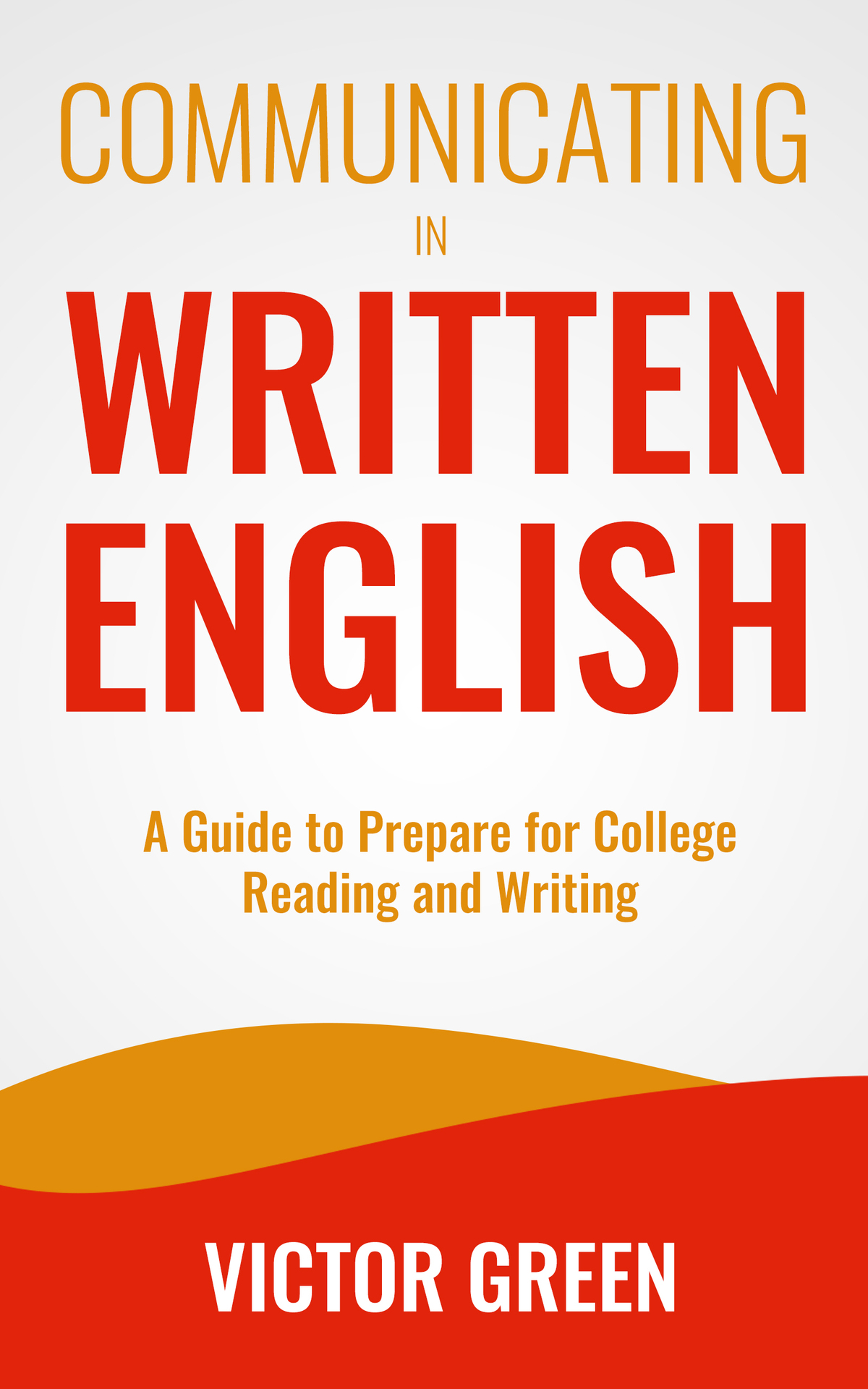

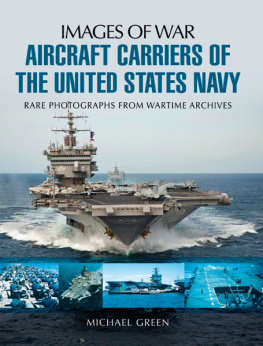
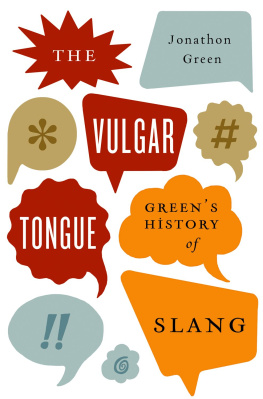
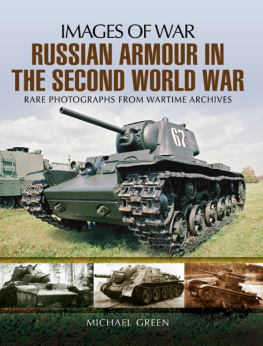
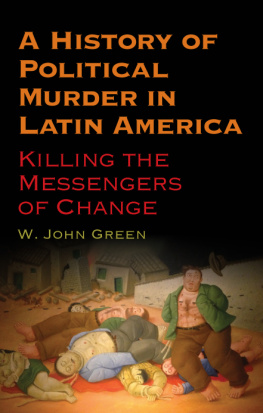




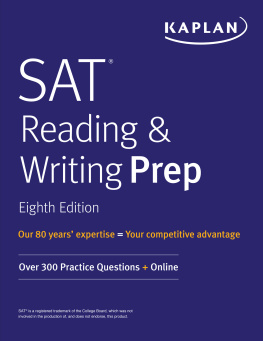

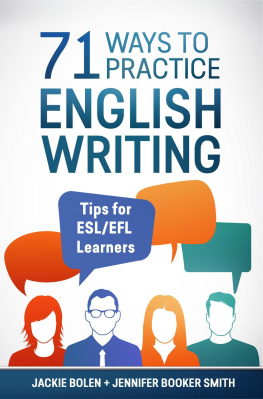

![Bhattacharjee Sudakshina - Improve your global business english: [the essential toolkit for writing and communicating across borders]](/uploads/posts/book/205847/thumbs/bhattacharjee-sudakshina-improve-your-global.jpg)
